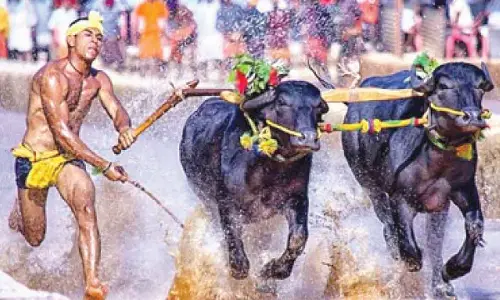The history of coffee in India

The history of coffee in India, This has reference to the article ‘How was coffee discovered?’ published in the Young Hans on July, 12, 2014. Coffee cultivation in south India may have had its origin in Chikmagalur District in Karnataka.
This has reference to the article ‘How was coffee discovered?’ published in the Young Hans on July, 12, 2014. Coffee cultivation in south India may have had its origin in Chikmagalur District in Karnataka. The plant was first said to have been introduced in the 17th Century, by a Mohammedan pilgrim named Baba Budan, who on his return from Mecca brought a few berries in his wallet and taking up his abode on the hills that now bear his name, planted them near his hut. It was not, however, till about 1820 that the cultivation extended beyond his garden, and not till 20 years later that European enterprise was first attracted to it.
One of the earliest European planters was Cannon, who formed an estate on the high range immediately to the south of the Baba Budan Giri, where the original coffee plants are still in existence, flourishing under the shade of the primeval forest.” (Mysore Gazetteer- Benjamin Lewis Rice-revised edition published in 1897.) Indian coffee is said to be the finest coffee as it is grown in the shade. Coffee is traditionally grown in Karnataka, Kerala and Tamil Nadu. New areas include Andhra Pradesh, Orissa and Northeast India.
The two well-known species of coffee are the Arabica and Robusta. The first variety that was introduced in the Baba Budan Giri hill ranges in the 17th century was marketed over the years under the brand names of Kent and S-795.
Poets have often sung the praises of coffee. A sample in Telugu: Coffee tagina naalo kavitha kaantha sarasuna dorlun. Ademi vichithramo, mayamayen bhadalellavu manthramuvalen.








